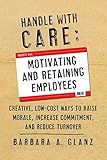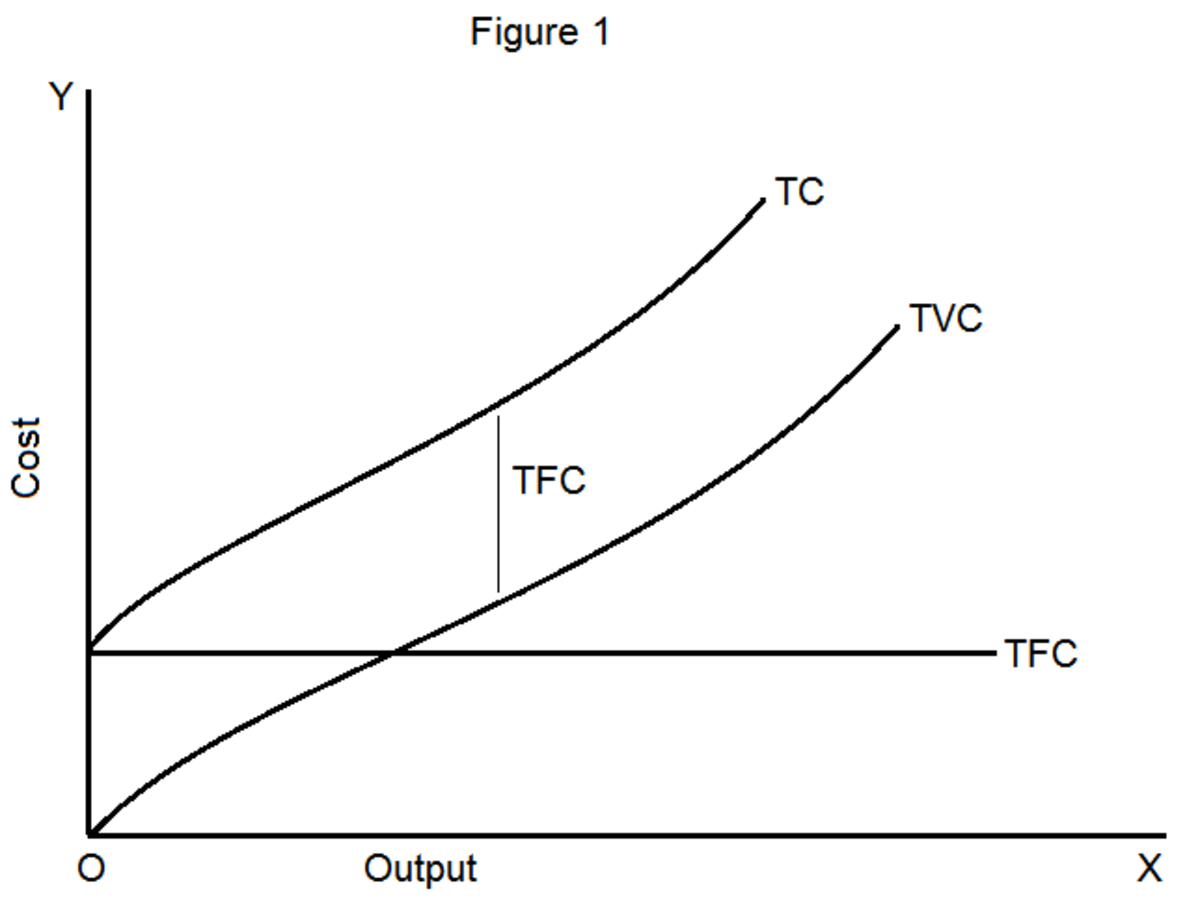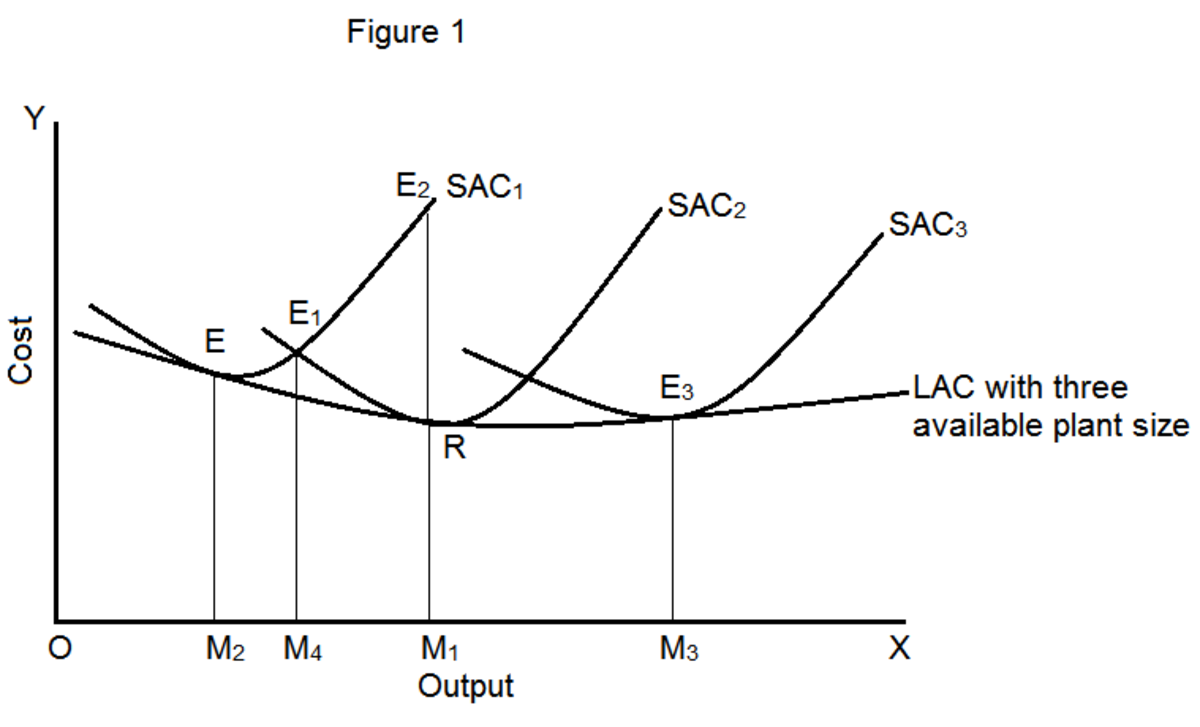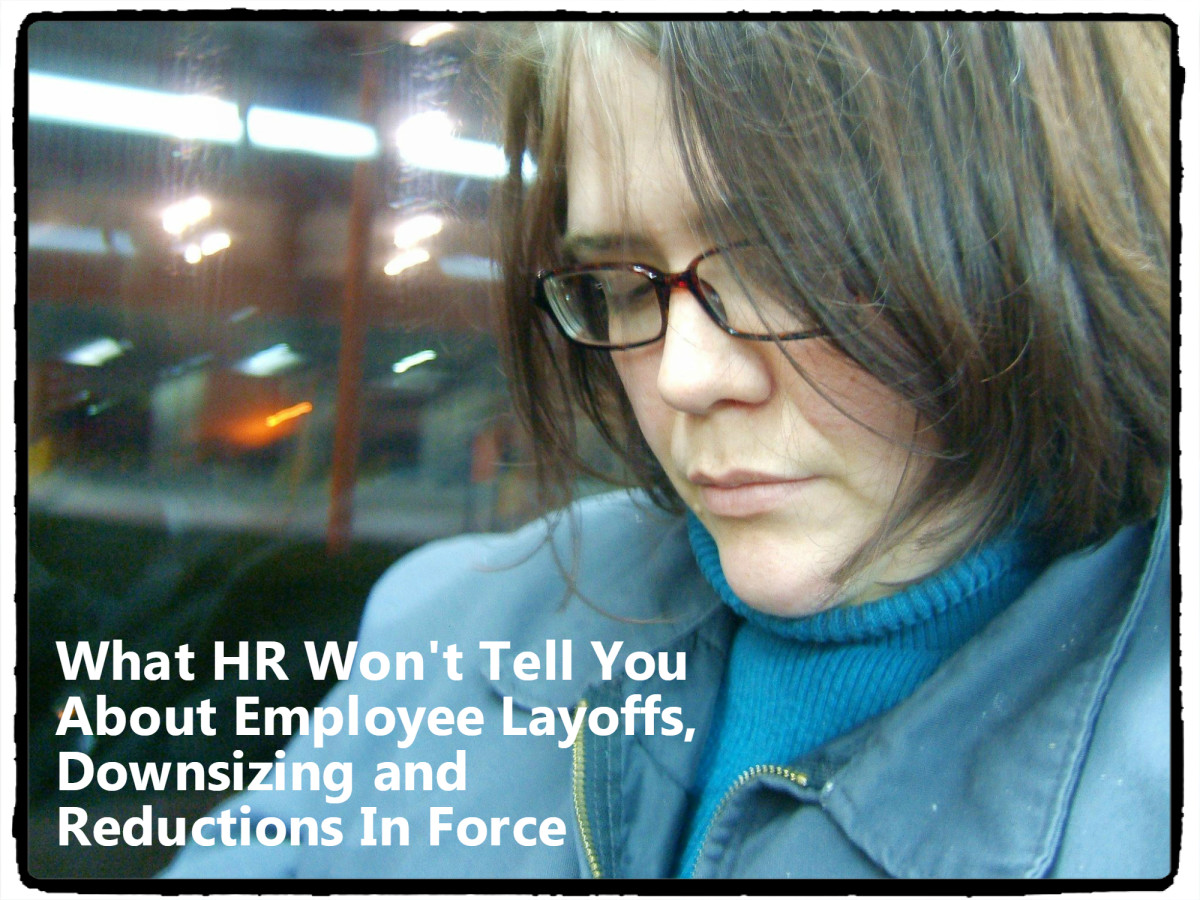The Average Cost of Employee Turnover
What Am I Worth?

Employee attrition and turnover is a fact of corporate life and part of the cost of doing business. But unfortunately many companies have no idea how to compute, manage, control, or avoid that cost.
In the end turnover leads many otherwise successful firms over the brink and into a sea of red ink, as more aware and proactive competitors take the lead with their own seasoned and loyal workforces.
The primary reason that replacing workers is so expensive is that turnovers leave a vacuum within an organization that demand a great deal of energy and time to properly fill. Pricewaterhouse Coopers Saratoga Institute often uses this basic simplified equation to calculate the average cost of employee turnover:
Turnover Formula: Total Employee Turnover Cost = Costs of Hiring New Employees + Costs of Training New Employees
While the numerous variables contributing to turnover costs are diverse and often hard to pinpoint, main factors include items such as:
• The preliminary costs of paying a recruiter or internal HR person to first evaluate the requirements of a position and then create and implement a marketing campaign to attract qualified applicants.
• The cost to review candidates, conduct interviews, and narrow down a field of applicants to choose the right person for a position. Miscellaneous tasks such as background fact checking and drug screening add to the incidental turnover costs during this phase.
• The employer incurs added expenses of time and money for training and orientation. New workers contribute less than full productivity during their first few months on the job, so companies also pay a premium due to lost productivity during this introductory phase.
• Additional losses occur as supervisors and other higher-paid employees dedicate their own valuable time and energy - at an additional cost to the employer - to bring the new hire up to speed.
• New sales people rarely meet the targets of those they are hired to replace.
When calculating financial loss due to turnovers of sales personnel, it is necessary to project and include the value of lost sales during the first few months that new people are on the job. Trying to figure out how to save money without losing good workers confounds many business leaders. Without expert and accurate metrics to guide their decision-making, even the most talented executives often succumb to flawed conclusions and faulty decisions.
According to studies published by the Carey School of Business at Arizona State University, for example, increasing worker wages is one way to prevent turnover. The research indicated that when workers were given a 15 percent wage increase, the volume of corresponding turnovers decreased by 13 percent. Most employers prefer to let someone go rather than incur a 15 percent wage increase.
But a preponderance of research has determined that to replace a typical employee lost to turnover costs a company, on average, 150 percent of that person's base salary. Retaining someone through a wage increase - or through some other proactive investment worth the same amount - can result in higher retention levels and deliver a powerful return on the dollar.
On the other hand, lose someone making $30,000 a year because you failed to take adequate steps to keep them and replacing them will likely cost between $45,000 and $60,000. If employees earn $35,000 and you lose a dozen a year, turnover costs approach $250,000 per annum, or more. Lose a total of 150 and that loss rises to more than $2,600,000.
Crunch the same numbers based on worker salaries of $45,000 a year and the cost to replace 150 people tops $3million by a generous margin. Start to factor in the loss of managerial level human resources, where pay grades are higher and turnovers can cost as much as 250 percent of baseline salaries, and the financial damage skyrockets.
The bottom line is obvious. Retaining workers by avoiding turnovers pays huge dividends. The cost to implement a program to identify the causes of turnover and then solve the problem before it happens will usually pay for itself many times over, in a variety of significant ways.
Employee Retention Guidebook
- Human Capital Toolkit
Guidebook offers help retaining employees. Shows how to develop performance system so both employee and employer benefit.









